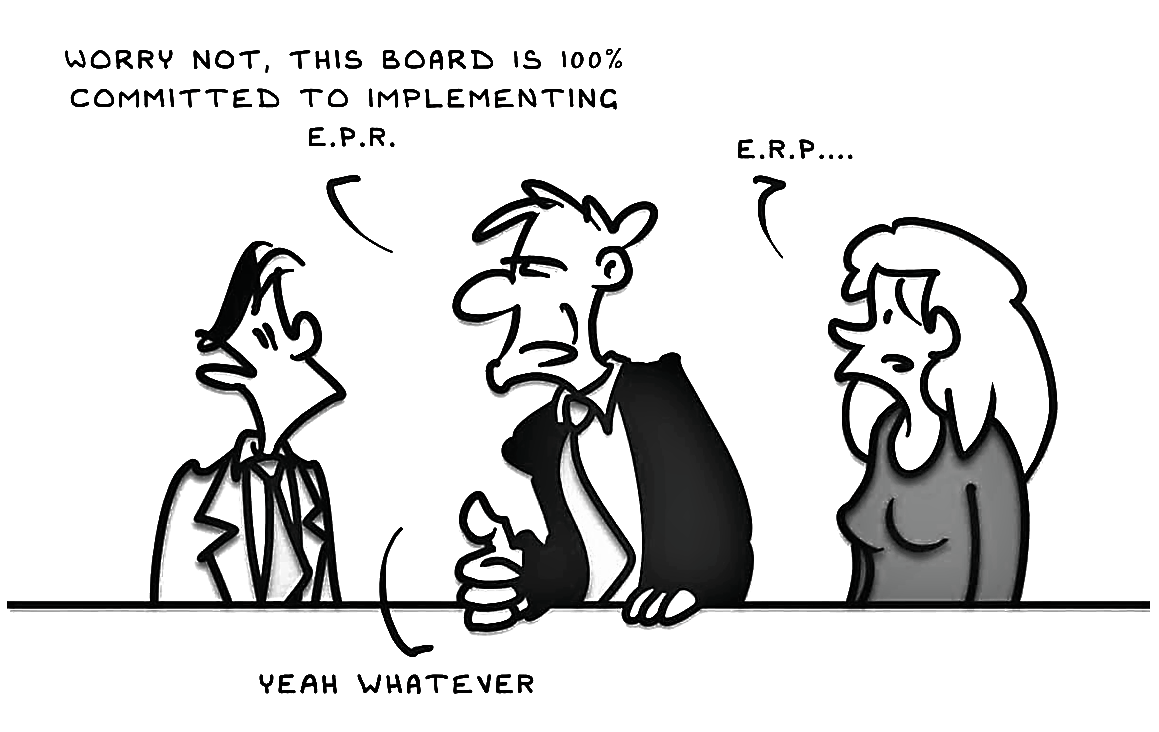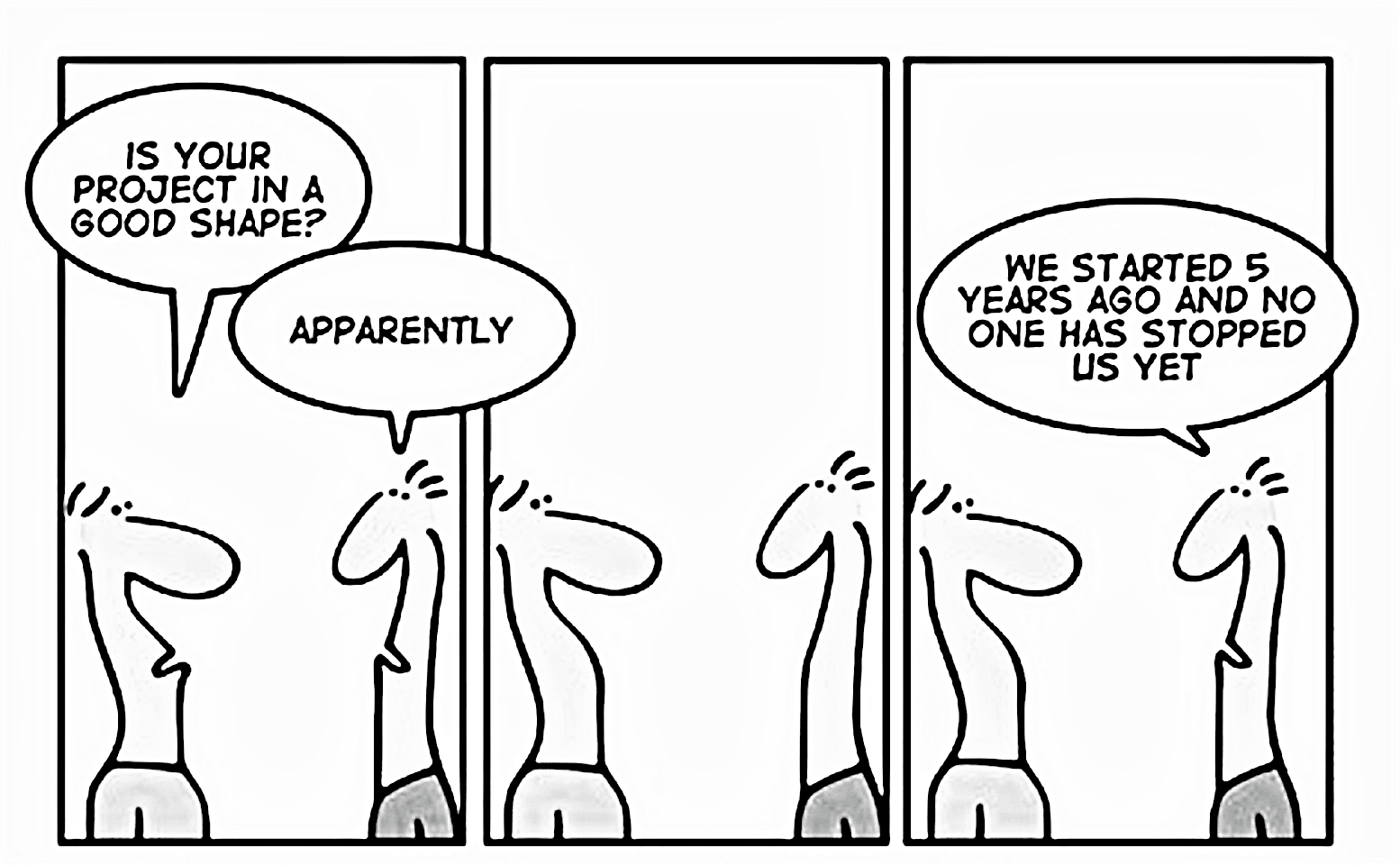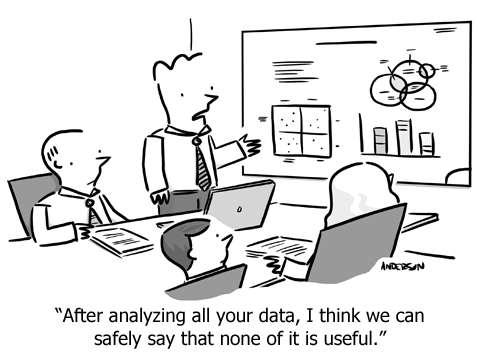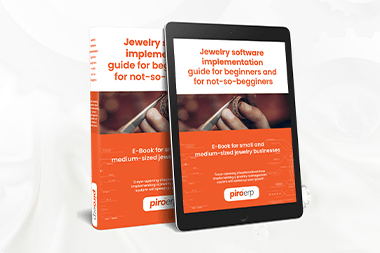Choose your jewelry software implementation approach
Implementing a jewelry software (or any other ERP) is a huge undertaking and inevitably comes with a certain degree of risk. For example, a recent study from an independent ERP consulting organization, Panorama Consulting, revealed that 28% of organizations reported their ERP implementation as a complete failure, resulting in an abandoned product.
Basically, there are three approaches to ERP implementation: Pilot, Parallel, and Big Bang. The Pilot implementation tends to focus on a specific functional area that is to be implemented first. The main idea of this approach is that it prioritizes functional areas and implements them according to their urgency. This is considered to be the alternative with the lowest risk.
Parallel implementation is another alternative in the case of which the cleanup and evaluation of your old database is vital before migrating the data into the new system. This method requires a lot of effort from the company since each transaction must be entered into the existing system and then into the new system. If the employee is interrupted transactions may be. The risk is moderate in this case.
The last approach to ERP implementation is the Big Bang method. As its name suggests the implementation is executed with a bang. The company needs to prepare the data thoroughly, test the system, and train the employees in advance so that everything is ready for the new system to be deployed. The new system goes live over a weekend and the old system is shut down. This is the most risky alternative because unpredictable changes are likely to happen.
For most companies, the risks are manageable if they are known ahead of time. Identifying problems that may arise and addressing them early will certainly help mitigate them before they become a point of failure for your project.
#5 Vlog on Next Level Jewelry with Zsolt Torok
Subscribe to this YouTube channel
Common obstacles and mistakes of implementing a jewelry software
The good news is that companies that have already undergone such an implementation process usually have a certain knowledge and experience in this which helps a great deal in order to avoid the same mistakes during a second implementation.
The bad news is if you failed for the first time, you have to start it all over again. However, if you manage to do it right and the proper ERP system is selected, the implementation only needs to be done once.
Many jewelry companies have never implemented a jewelry ERP or any kind of ERP before, so they might lack the right approach and management involvement necessary for such a project to be successful. This is where an experienced ERP software provider can make the difference between a good implementation and a failed one.
To date, we have implemented close to a hundred setups of our PIRO jewelry software – and here are the most important lessons we learned. Based on our experience we formulated some suggestions that might be of help if you are considering a jewelry software implementation.
#1 You need to secure the consistent and engaged support from top management
The foundation of every successful implementation project is that the management is committed to the project. One of the first things every project of this magnitude needs is a dedicated project manager: one from the vendor side and one from the client side. This ensures that communication is consistent and well managed and that tasks are properly planned and executed.

Senior management commitment to ERP projects (via)
Having an assigned project manager, however, doesn’t always mean that they will still receive the required support from the company owners or upper management and the project can quickly spiral out of control, as the project manager will need to be able to involve several members from the company in the implementation process. Using those resources and prioritizing their times can become an issue if there is no support the higher-ups and there is no adequate motivation of the staff involved.
#2 Choose your ideal project manager
One of the greatest mistakes is when there is no dedicated responsible person assigned who leads the project on the client’s side - rather, everyone is involved. This can result in a communication failure - as you know, every time there is an extra person involved in any communication, it doubles the communication time and effort.
The most efficient way of communication between the software vendor and the client is having one and only one person assigned to the project as project manager, from both sides. For this person to be effective, however, it is not enough for him/her to understand the internal operation of the company – that person also needs to have a strong ability for abstract thinking: understanding software systems requires a different mindset compared to paper-based management. It is no coincidence that in most cases the IT specialist is entrusted with the task. But smaller companies don’t always have an IT specialist and choosing the right person with at least some IT skills can prove to be quite a challenge – however, having such a person as the project manager will exponentially increase the probability of success for the jewelry ERP implementation.
#3 Take your time to figure it out and do it properly
It is a very common mistake that the top management refuses to acknowledge that the implementation is a time-consuming process that needs to be executed with the highest precision and with the involvement of many members of the team.

The project is doing well (via)
A jewelry ERP system is not just some software that you install and it runs, like Microsoft Word – it will be the fabric, the foundation of your business and will affect everything and everyone. So if it works, it makes everyone happy; if it doesn’t, it makes everyone miserable. So the most important lesson here is that implementing an ERP system has to be shaped into a thorough, detailed solution where every part of the business is properly consulted and considered, rather than just being thrown together and finished quickly. Since the company is most likely to use the ERP system for many years, it is not worth throwing the project together and cutting corners.
#4 Note that unforeseen change requests will cost you time and money
Almost every case of implementation will face questions and modifications that couldn’t be foreseen at the beginning of the project – as the business process is mapped and modeled, hidden things will come to the surface.
These changes usually have an impact on the project timeline – and the ERP vendor may be asked to handle these change requests.
Now, some change requests are manageable within the ongoing implementation process, but others could hold up the implementation process as there is a chain of dependencies – certain tasks have precedence over others, for example, the inventory cannot be imported until all components are correctly set up. So all these, naturally, might delay the project. In such cases, it’s very important how quickly the developers can put these items on agenda, especially since most vendors work on several implementations at the same time and not all change requests can be addressed at once due to limited resources.
Any change-related considerations should be reflected on a contractual level as well, even before starting the implementation of the project. You should also consider that, major change request cost time and money. For example, if it is found out that the inventory system needs to be customized to a larger extent than expected in the original evaluation, the vendor charges you for the extra work hours.
Subscribe to Next Level Jewelry
#5 You need clean and accurate data
When it’s time to migrate existing data to the new system, your need to make sure that your data is clean and ready to import. Often the old database contains unnecessary data that have accumulated over the years. You should take your time and clean the database before migrating it to the new system.

Data analysis (via)
Data migration or data import occurs in most cases when an old system is being replaced with a new business software. The main issue at this stage is that the old system’s outdated data structure needs to be converted and mapped into the new system.
What is more, there may be data that need to be imported from several other sources, so all your old data is in the same format as required by the new jewelry software. This is especially important if the data imported will be used to run historical reports, meaning that you want to use the new system to run reports on data entered in your old system, possibly many years ago.
What’s very important here is that the time needed to convert and transfer all data into a new system is often under-estimated. It is important to see the goal of the data migration clearly – which is to optimize for the new software to work properly. In order to achieve this goal, you must consider the following: how many databases, how much data, and how much work is involved in cleaning and preparing data – as well as whose responsibility will be to complete this task. This could be a very challenging process, but it is entirely manageable.
We have done dozens of data migrations to date – some of them very complex, moving data from decades-old systems, others simple like importing data from Excel sheets – and one thing we have learned is that the key to successful data migration is the right understanding and proper structuring of your existent data.
#6 New jewelry software: overcome resistance to change
It is important that the staff is prepared accordingly for the change. They need to be instructed about things that will change and the benefits these will bring on the long run. It would be unfortunate for the project to fail because the staff resists change.

Effective employee communication (via)
It would be ideal for all members of your company to be excited about implementing a new jewelry ERP software, because it’s meant to make everybody’s life easier.
#7 Stay in contact, avoid ineffective communication
Constant contact needs to be maintained during the implementation process. No two companies are alike, some of them quickly understand how the system works, while others need more time.
Ineffective communication might lead to misunderstanding and important things get forgotten only to resurface later after the configuration is completed. This is especially damaging for business process mapping because some processes turn out to work differently than they were described in the original business process map.
Because the project managers are under a lot of pressure, they sometimes miss certain details which may result in further delays in the implementation. This why effective communication is so important for the successful implementation of the project.
In our experience communication is made even more difficult if scheduled meetings get postponed or if there are no daily or weekly milestones set in the project agenda for both sides. If I send an e-mail but receive a reply in two weeks’ time, that’s a bad omen and it foreshadows a negative outcome for the entire implementation. So communication is an absolute requirement for success.
#8 Testing, testing & testing
As with every complex software implementation, it is important to test the conformity of the system with your business processes. So while the implementation could go smoothly, it’s only in the test phase when certain issues may come to light. So it’s important to test the entire system before completely switching over – this way you can avoid slowing down or even stopping the business if any critical issues are encountered.
A critical issue here is to have the actual users of the system involved in the testing phase, as they will be the ultimate validators of whether things will work or not – after all, they will be the ones using it every day, for years to come.
In our experience, again, it is good practice to run the new jewelry ERP system and the old system side by side, possibly for several weeks, to make sure everyone is comfortable with the way it is working – then there will be no surprises after it goes live and the switch-over will be smooth as well.
Also, it is much better to delay a go-live date than to switch too early and bring the entire business to halt if a critical issue is encountered.
Jewelry ERP implementation: what to do if you are feeling stuck?
As every software vendor, we also had a couple of projects that ended with delays or in a failed implementation. We strive to learn from these cases, try to pass on these experiences to our customers so that they don’t make the same mistakes as others did.
When you ask the question of why your jewelry ERP project is delayed or why it doesn’t go according to plan, it is worth slowing down and taking a deep look at the problem:
- are you waiting for a change request that may or may not be critical to the ultimate success of the project,
- does your data need a lot of cleaning and massaging for it to go into the new system,
- is your project manager up for the task and getting the resources she needs?
Usually, it’s not enough to blame the vendor – it takes two to make a thing go right.
We hope this article was helpful for those who are going to implement a new ERP system. Are there any other pitfalls that may arise in your situation or have you faced any other difficulties? Please share your experience with us so we can learn from each other's mistakes.
FAQ: 5 common jewelry ERP implementation mistakes to avoid
- Why is executive support essential in an ERP project?
Strong commitment from top management is critical. Dedicated project managers on both the vendor and client sides ensure alignment, resource allocation, and smoother execution. - Why should there be a single responsible project manager per side?
Multiple leaders slow communication and dilute accountability. Ideally, both vendor and client should assign only one project manager to oversee tasks and decisions. - What happens if ERP implementation is rushed without proper planning?
ERP isn’t just software, it’s the backbone of your business processes. Rushing implementation without careful setup creates inefficiencies, gaps, and frustration across teams. - Why is data migration such a critical part of ERP success?
Migrating without cleaning and structuring legacy data leads to errors and workflow disruptions. Proper preparation and mapping of old data is vital before go-live. - Why are testing and change management so important?
Extensive testing ensures the system works as intended, while structured change management prepares employees for adoption. Without both, go-live will likely face unexpected problems.






